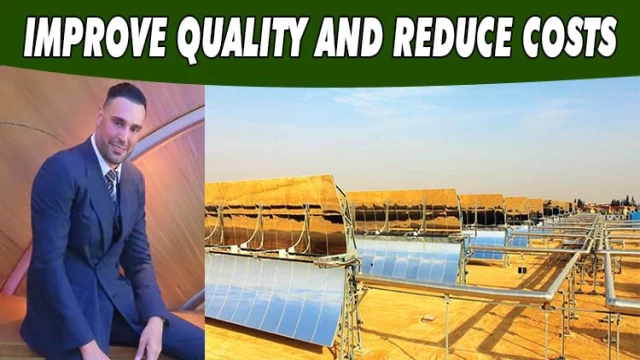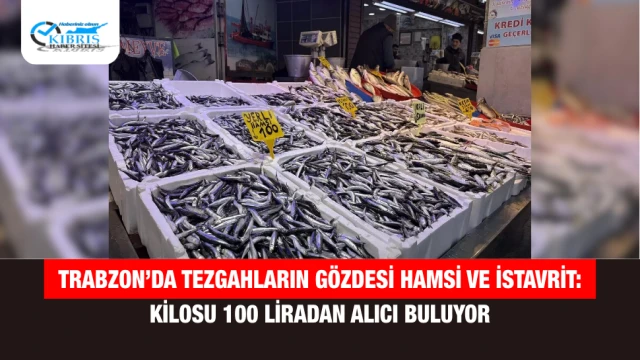As with solar thermal, technologies related to this sector aim to convert solar radiation into thermal energy.
The principle of these technologies is to intensify the solar radiation sufficiently to be able to heat a heat transfer fluid at a high temperature (250°C to 2000°C).
The heat thus stored by the fluid can be used directly for industrial uses or used to generate electricity via a steam turbine.
Compared to photovoltaic, where production stops in the absence of sun, production can continue beyond the insolation period where there is a storage tank for the heated fluid.

There are several types of technologies:
Cylindrical-parabolic solar power plants: Parabolic troughs with a radius of curvature of 2 to 2.5 m and a length of about 20 m concentrate the sun's rays on a tube of heat transfer fluid.
Linear Fresnel reflectors, which can be regarded as a technology derived from cylindrical-parabolic plants, employing flat and near-ground half-plane mirrors and concentrating rays on fixed receiver tubes.
These mirrors can rotate to follow the path of the sun throughout the day.
Tower solar power plants: Multiple adjustable mirrors, called heliostats, concentrate solar energy on a single boiler located on a tower.
Dish-Stirling solar parabolas: This technology uses a parabolic mirror about ten meters in diameter in an external combustion Stirling engine whose hot source is sodium, the driving gas is helium or hydrogen.
Under conditions known to date, these technologies require significant direct sunlight.
Important Figures of the Sector
According to tests conducted for the first time in 2015, the photovoltaic figures are as follows:
- Around 95 GW in Europe
- Approximately 230 GW worldwide.

Goals
Released on November 2, 2016, the multi-year energy program set a target of 10.2 GW for 2018 and a range of 18.2 to 20.2 GW of solar capacity for 2023.
The multi-year energy program is aimed at accelerating the development of the photovoltaic sector compared to the pace of development in previous years.
It places priority on artificial sites to protect projects while emphasizing competitive solutions such as ground-mounted photovoltaic plants.
To achieve these targets, new calls for tenders were launched in 2016, resulting in approximately 1.6 GW of project allocation for 2017.
Thermodynamic solar requires very good direct sunlight conditions (>1900 kWh/m²/year). This limits the potential to specific geographic regions: Mediterranean countries in Europe, United States, India, North and South Africa Africa, Middle East, China, Australia, South America.
Thermal Energy
Production and installed capacity
The European fleet of solar collectors amounted to 47,000,000 m², equivalent to 32.9 GWth at the end of 2014.
In 2014, the European solar market, the sector devoted to hot water and heating production, showed a further decrease with the collector area installed below 3 million m² (ie 2150 MWth equivalent) bar, down 3.7. This is the sixth consecutive year of decline, with an installation level comparable to 2007.
The industry has entered the phase of redirection of sales points. Especially in the renewal market, if the thermal regulations are strengthened, in individual residences and collectively, if there are prospects, new markets can be conquered in terms of industrial applications and areas of solar collectors, in terms of connecting heat to heating networks.
The expansion of these high-power plants will thus contribute to a drastic reduction in production costs. In addition, the development of hybrid solutions will contribute to the development of the sector.
Challenges
Improve regulations to encourage industry development.
In the new housing sector, thermal regulations, which include the obligation to use renewable energy in detached houses, are in favor of the sector.
However, solar is in competition with some equipment that costs less to install and also meets its criteria. Strengthening regulatory criteria in the thermal regulation of new buildings will make it possible to promote more efficient solar equipment.
Improve quality and reduce costs.
Structuring the market and optimizing the systems has made it possible to reduce the equipment cost by 20% to 25% over the last five years.
Efforts still need to be made for high installation costs. The development of large-scale solutions in industry should also have an impact on individual and collective solar prices.
In the individual sector, the sector is structured and certificates are created for sensors and installation. The industry must collectively increase skills.
It should also manage any counter references that may have been observed in the past due to design, implementation or operational issues. RGE competence is being developed in response to these concerns.




























Yorum Yazın